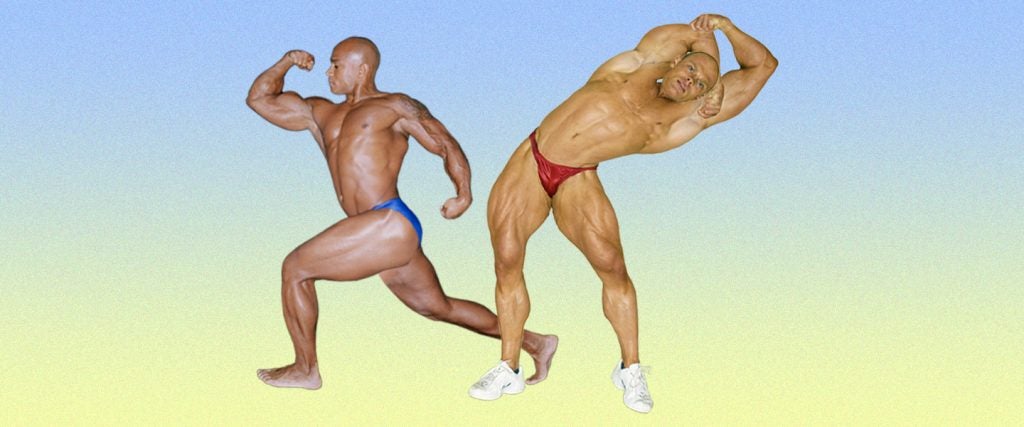I’d rather run a mile uphill or swim 100 yards in an active wave pool than stretch for even five minutes. It’s not that I find stretching to be boring, mindless and uncomfortable — even though it certainly can be all of those things. It’s that I find it extremely challenging to settle my mind and intentionally devote time to an activity that requires me to remain almost completely still.
This is the consequence of a traumatic introduction to static stretching, combined with being far too caffeinated at all times and always having a bottomless to-do list. The concept of sitting around doing next to nothing is infuriating to me, and that’s the space that stretching occupies in my mind — fair or unfair — and I’m prepared to accept the physical consequences in return.
That said, stretching isn’t the one-dimensional monolith that I’ve erected in my own mind; in fact, there are several different types of stretching that I could be engaging in aside from the static variety.
How many different types?
Let’s count them together.
Static stretching is the stretching variety most people are familiar with, and it’s the insufferable type of stretching that made me dread the thought of attending taekwondo class as a kid. Whenever you reach out, extend a muscle to its furthest point and then manually grab onto an appendage to maintain that position for as long as possible, that’s a static stretch.
Meanwhile, isometric stretching requires that you contract your muscles while placing them in positions of extension, before relaxing them and allowing yourself to fall even deeper into those elongated positions. It often involves manually contracting and applying direct resistance against a surface like the floor, and then relaxing and stretching after that resistance is applied.
PNF stretching was one of the encouraged ways for us personal trainers on the Bally Total Fitness staff to demonstrate our value to clients at the end of first-workout sessions. By placing clients’ limbs in maximally stretched positions, holding them there and asking them to apply resistance directly against our bodies, we could rapidly stretch their muscles and easily deepen the stretching during each subsequent effort. This quickly demonstrated just how well muscles could be elongated if assistance from an outside source — read: Bally Total Fitness trainer — could be administered.
Speaking of providing assistance, passive stretching is a common form of stretching during which you remain as relaxed as possible while your limbs either move very slowly into a stretched position, or are stretched for you by another person. I’m most familiar with the latter definition, having made multiple trips to my beloved physical therapist and allowing her to contort my injured left shoulder through a full gamut of pretzel-like configurations.
In terms of more active forms of stretching, for starters, there is quite literally active stretching. It ensures that nothing holds your muscles in their fully stretched states other than those muscles themselves. You won’t use one arm to hold another arm in a stretched position. Instead, your arms hold themselves in place, limiting the likelihood that either arm will be extended into an uncomfortable position that might result in an injury to a muscle or joint.
Dynamic stretching necessitates the use of nothing other than the movements of your limbs to stretch your body, with very rare pauses in between the motions. Your muscles tend to gradually loosen and stretch themselves as your body continues to move, enabling you to progressively increase the range of motion in your limbs simply by continually moving them.
Ballistic stretching can mean a few different things, but the term is most commonly applied to bouncing repeatedly in and out of fully stretched positions in rapid succession. It’s far from the best method of stretching, because it encourages you to overextend muscles before they’re prepared for it. It’s the sort of thing that’s neither functional nor particularly practical, but ends up looking fabulous in an Eric Prydz video.
By my count, that’s seven different forms of stretching that you now have at your disposal.
But which one should I use?
If you’re me, you use none of them, unless someone is passively stretching me when I’m asleep in bed.
In your case, the preferred form of stretching is the variety that you’re prepared to engage in regularly, and that can provide you with all the body- and mood-enhancing benefits that stretching is linked to. That’s because the elementary stretch done daily is better than the elaborate stretch performed next to never, and you won’t impress anybody by bragging about the PNF stretches your trainer puts you through when your last training session was four years ago.

